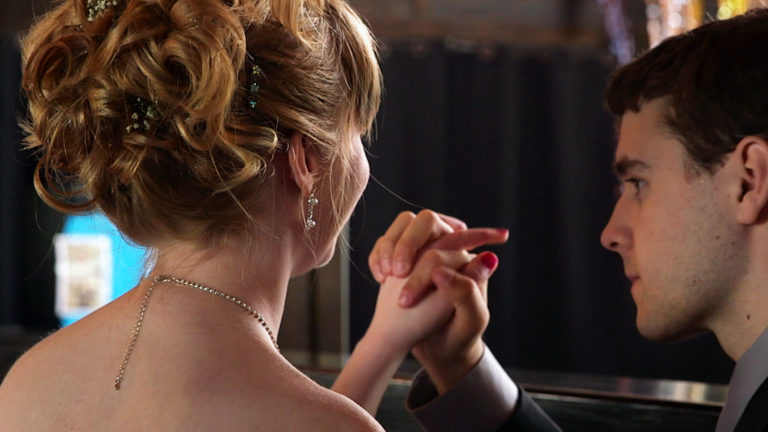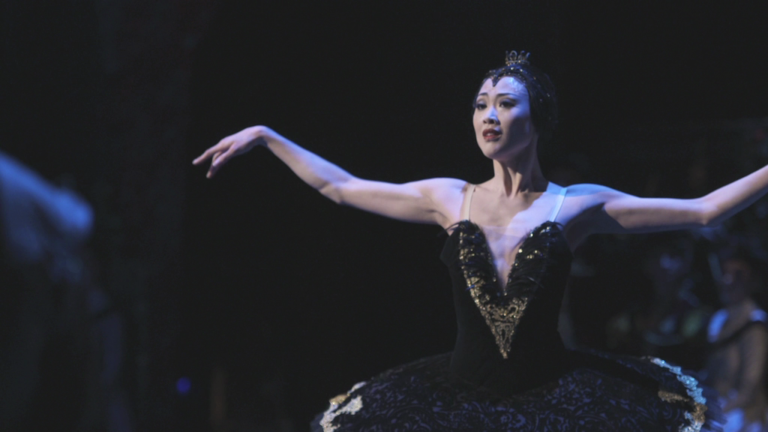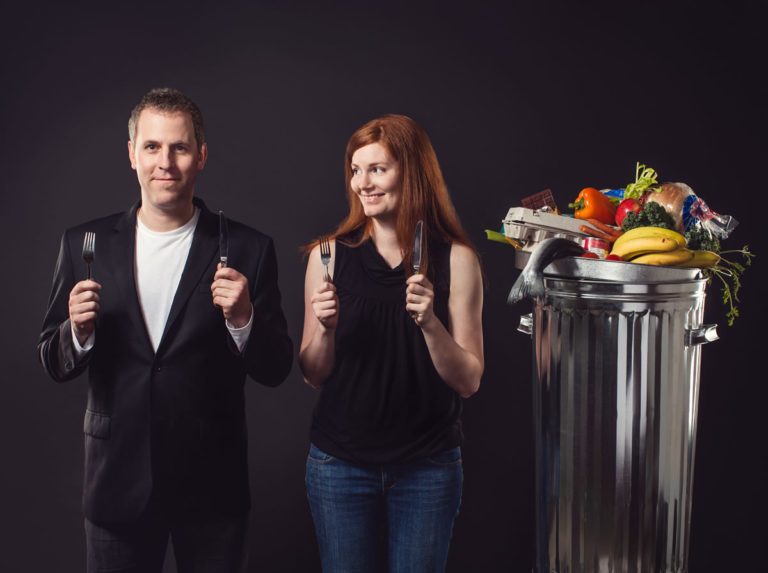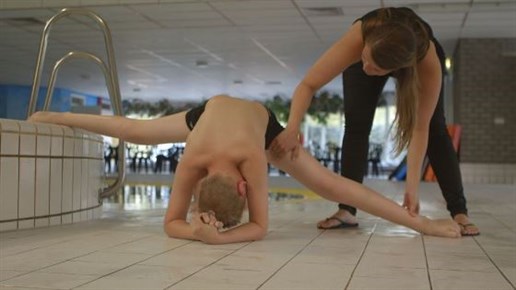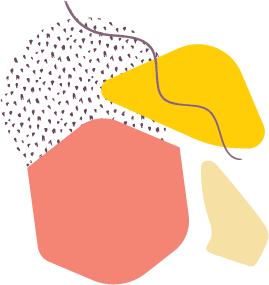A first kiss, a first dance. These are the rites of passage of American youth that hold the promise of magic, romance and initiation into adulthood. For kids from all walks of life, these first steps toward intimacy are at once exciting and terrifying. For some teenagers and young adults on the autism spectrum, the transition can be nothing less than paralyzing. In Columbus, Ohio, a group of young people with an array of developmental challenges prepares for an iconic event – a spring formal dance. They spend 12 weeks confronting and practicing their social skills as they prepare for the big event, to be hosted at a local disco. Working with their trusted psychologist, they deconstruct fear and larger-than-life social anxiety one step at a time by picking dates, dresses, and, ultimately, a King and Queen of the Prom. HOW TO DANCE IN OHIO is a story of the universal human need to grow, connect and belong as uniquely dramatized by individuals facing the deepest struggle toward social survival.In HOW TO DANCE IN OHIO, we get to know three girls transitioning into adulthood. The film takes us inside their group therapy sessions, their relationships with their families and their private thoughts as they struggle to understand and navigate the social rules that surround the suspenseful and heightened experience of a first date. Through their stories, and a chorus of other young women and men confronting similar issues, these girls reveal the hard work, perseverance and resilience it takes to be a part of contemporary society, along with the extraordinary challenges of being different. Entertaining, funny and heartbreaking, HOW TO DANCE IN OHIO challenges us to question and celebrate the path to human connection and to rethink the definition of normal.
Summary info for schedule – will be hidden on film page
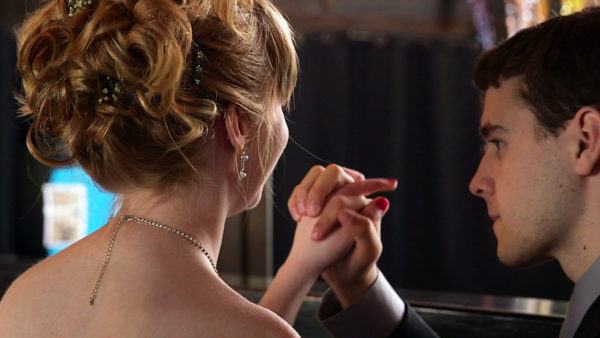
How to Dance in Ohio
88-minutes
Screening day / time
How to Dance in Ohio
How to Dance in Ohio
Filmmaker Notes:
In my work as a documentary filmmaker, I am interested in stories about people trying to find belonging. How do they create worlds for themselves that make sense for them when they find themselves in the margins? I have found that people who have the most to share about being human are the ones who are most struggling. In telling the stories of so-called outsiders, I ask audiences to consider the boundaries that place them there.The daughter of very close friends of mineis on the autism spectrum and she is non-verbal. As I’ve watched her grow up, I’ve wondered what coming of age would look like for her, and thought about the specific issues girls with autism face as they move into adulthood. I had seen and read very little about girls with Autism Spectrum Disorder (ASD) and wanted to explore this further.Coming of age is complicated for everybody, whether you’re going to your first dance, or your first date, or simply trying to make a new friend. It was very important to me that the struggles and obstacles that ASD added for these individual be presented in a dramatic way, but in a way that general audiences could understand and relate to. I wanted to try to give the audience the feeling that they are therewithour subjects, rather than watching them from a great distance, and I worked hard with my Director of Photography Laela Kilbourn, and later my Editor Toby Shimin, to achieve this. Although it’s oftendifficult to relate to experiences that are not our own,the access the subjects allowed our team hopefully allows people to connect with what they see and reflect on their own struggles. We started the process of making this film by talking it through in great detail with the psychologist – it was very important that he understand what the filming was going to look like and make sure we would not impact treatment negatively. From there, we spoke with the clients and their parents in a “town hall” meeting to answer as many questions as possible and to address their concerns. I spent the first week on site with my producer Bari Pearlman and our crew meeting with four to five of the counseling clients at a time, describing everything from where we would be in the room to how close the equipment would be to them. Some people were more curious about the physicality of filming and wanted to touch the camera and boom, and others had specific questions about why we wanted to do this. They shared with us why they wanted to participate, and overwhelmingly it was that they wanted their particular experience to be known to others. It was a collaborative process with the subjects from the beginning, I think the film is really about our needto grow, connect and belong. The young adults in How to Dance in Ohio struggle deeply with the challenges around social connection. Thefilm follows them as they persevere, and is a testament to their resilience. My work often seems to circle back to the notion that there are many different ways to be a person, and I hope the intimate nature of this film allows that to resonate for everyone. I hope others fall in love with these individuals as much as I did.-Alexandra Shiva, Director/Producer
Film details
Year(s) screened
- 2015
